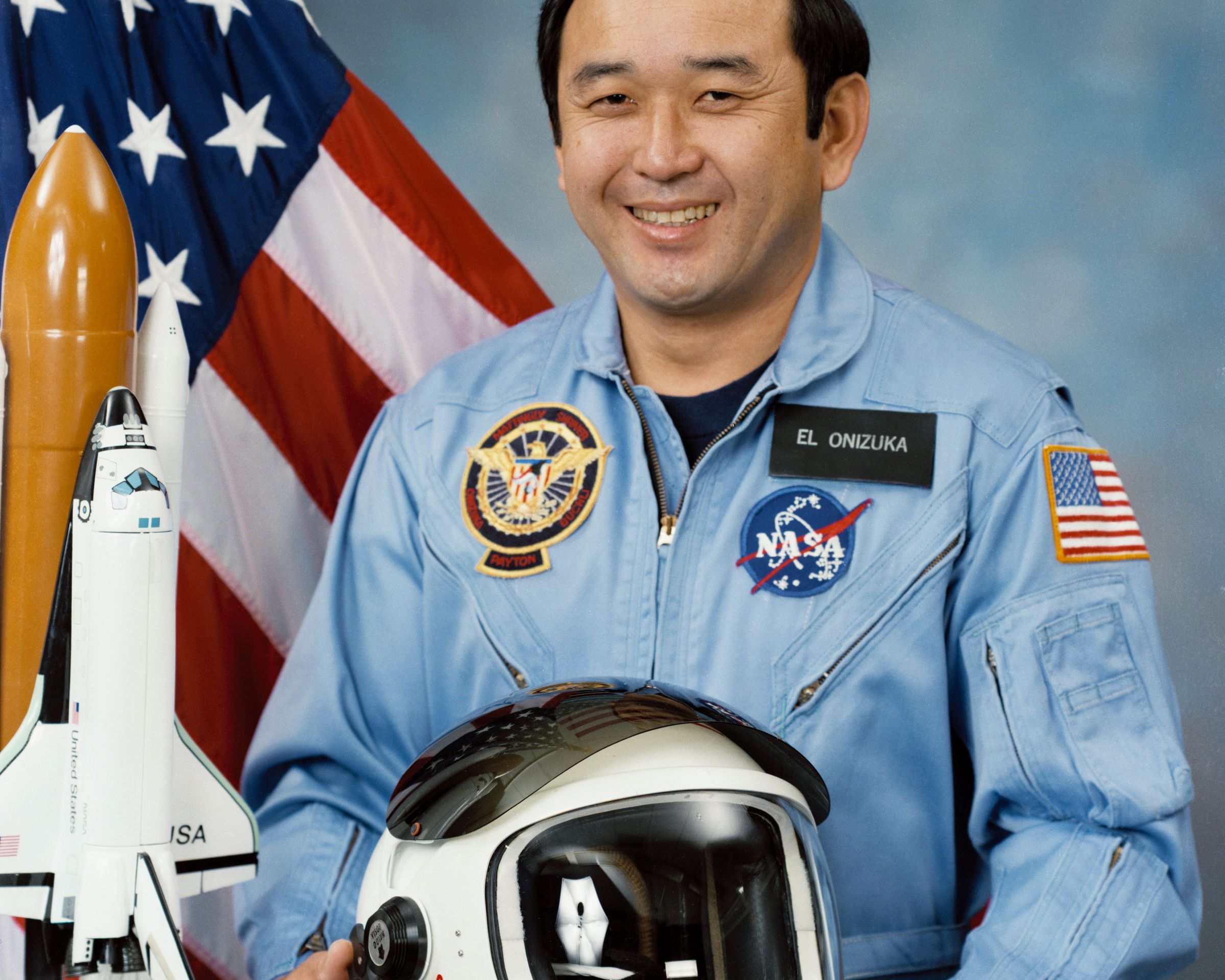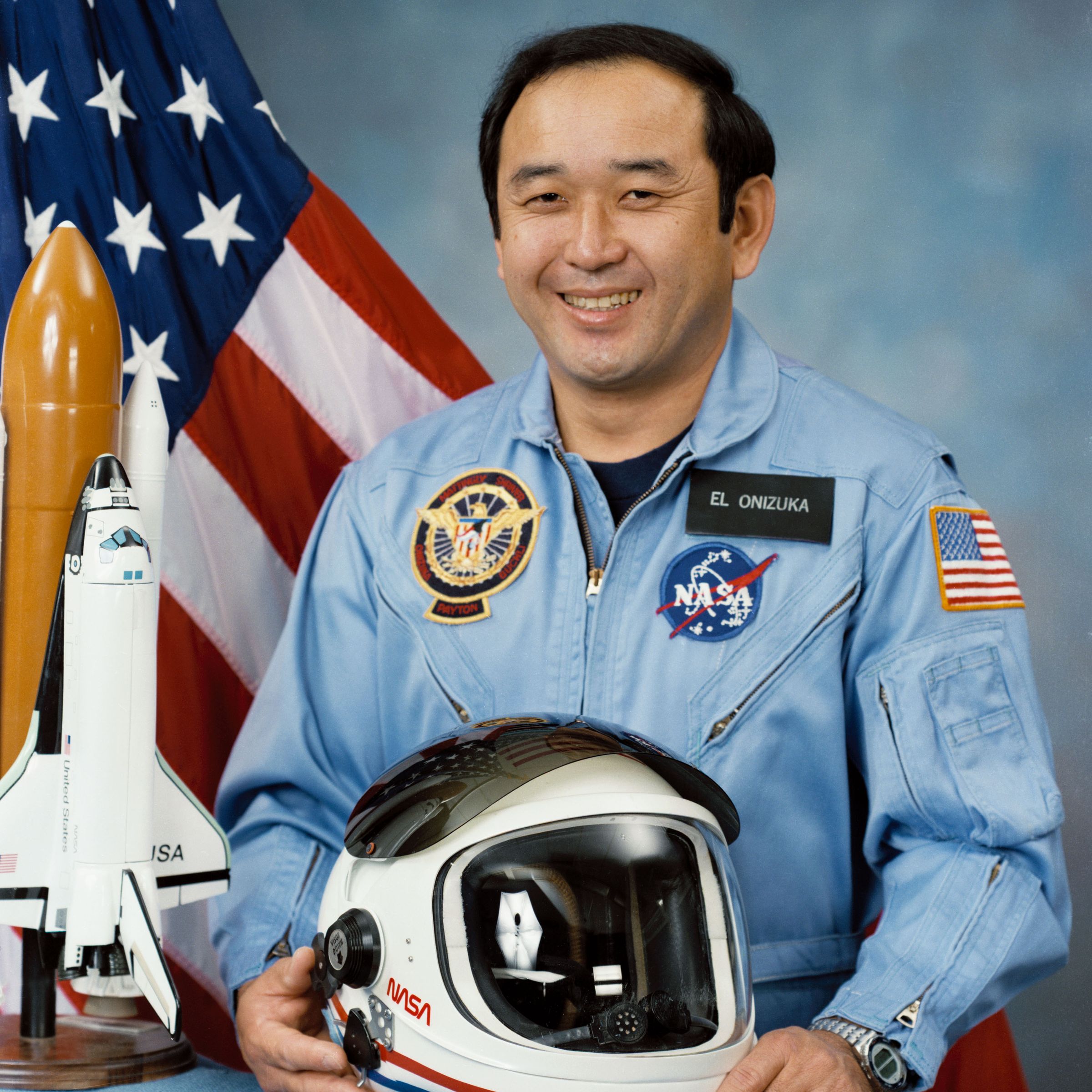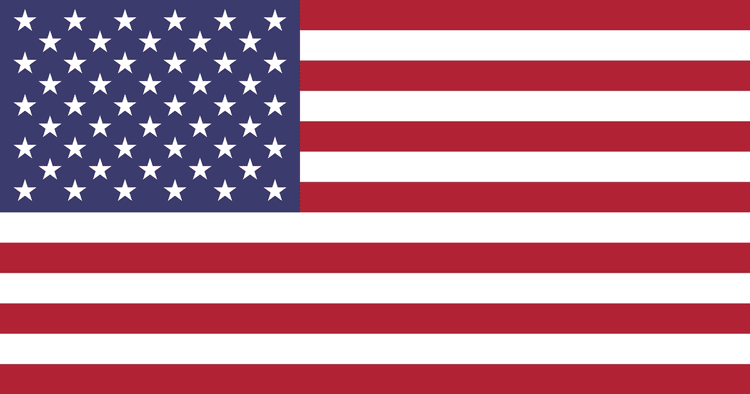















































Selected as an astronaut candidate by NASA in January 1978, he completed a one-year training and evaluation period in August 1979. He subsequently worked on orbiter test and checkout teams, as well as launch support crews at the Kennedy Space Center for STS-1 and STS-2. Additionally, he served on the software test and checkout crew at the Shuttle Avionics and Integration Laboratory (SAIL) and supported numerous other technical assignments, including roles as an astronaut crew equipment/orbiter crew compartment coordinator and in systems and payload development. He first flew as a mission specialist on STS-51-C, the first Space Shuttle Department of Defense mission, which launched from Kennedy Space Center, Florida, on January 24, 1985. He was accompanied by Captain Thomas K. Mattingly (spacecraft commander), Colonel Loren J. Shriver (pilot), fellow mission specialist Colonel James F. Buchli, and Lieutenant Colonel Gary E. Payton (DOD payload specialist). During the mission, Onizuka was responsible for the primary payload activities, including the deployment of a modified Inertial Upper Stage (IUS). STS-51-C Discovery completed 48 orbits of Earth before landing at Kennedy Space Center, Florida, on January 27, 1985. With the completion of this flight, he logged a total of 74 hours in space. Colonel Onizuka served as a mission specialist on STS-51-L, which launched from Kennedy Space Center, Florida, at 11:38:00 EST on January 28, 1986. The crew aboard the Orbiter Challenger included spacecraft commander F.R. Scobee, pilot Commander M.J. Smith (USN), fellow mission specialists Dr. R.E. McNair and Dr. J.A. Resnik, and two civilian payload specialists, G.B. Jarvis and S.C. McAuliffe. Tragically, the STS-51-L crew died on January 28, 1986, when Challenger exploded 1 minute and 13 seconds after launch. Courtesy of NASA.







